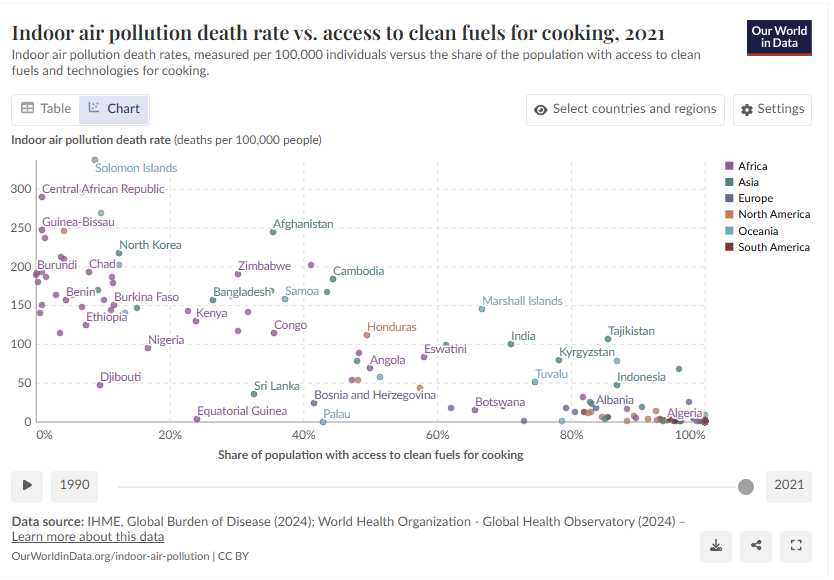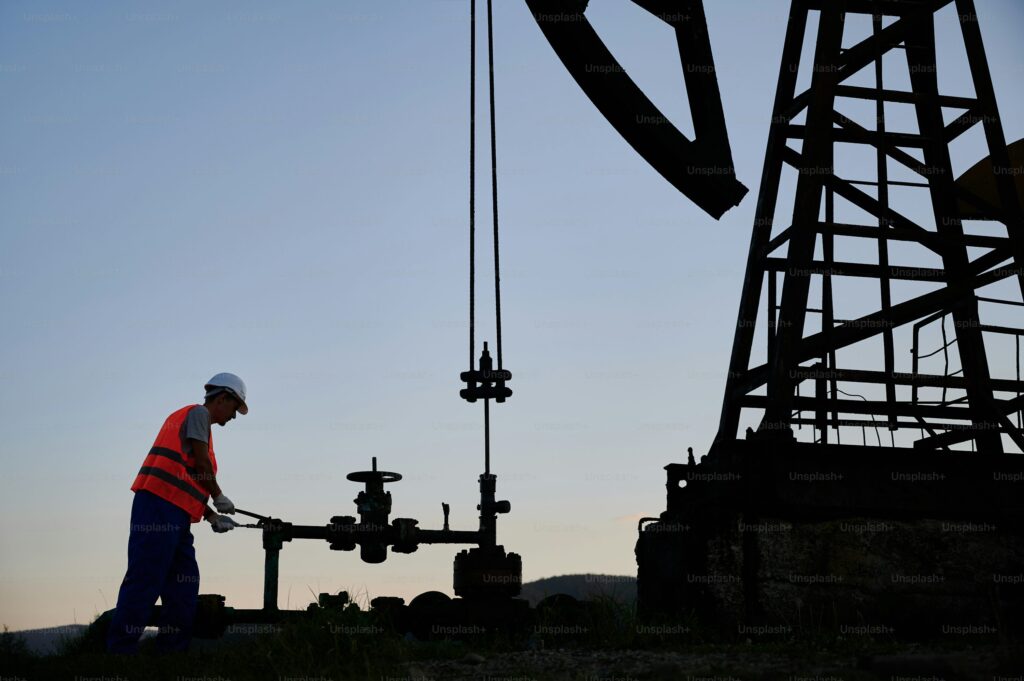When thinking about the sorts of data we need to have handy when explaining climate change issues to people, it’s important to look beyond temperature and rainfall. For instance, the anointed who want to control the world’s thermostat believe that they first need to control what kind of energy the world’s poor get to use. And if we’re going to have that debate, we’d better know what the downside is to preventing them from using fossil fuels either in their homes or in their power plants. Remember, they still need to heat their homes and cook their food even if you interfere with their choices, so they’re going to use something for fuel. And if they don’t have access to reliable electricity and natural gas or propane, the alternatives are dirtier and more dangerous. Which is why the rate of deaths from indoor air pollution is so much higher in the places living the Net Zero dream in its original form. Click below to see the data.
Here, from OurWorldinData, are the global numbers showing the problem:

The horizontal axis shows the share of the population with access to clean fuels for cooking, mainly electricity, natural gas, alcohol and propane. And again, households without access to such fuels have to rely on burning wood, dung (ewww), coal, straw and other solid fuels that release smoke and soot inside the house. Which brings us to the vertical axis showing the number of deaths from inhaling such gunk per 100,000 population.
Guess what? Most rich countries are piled up at the bottom right-hand corner because access to clean fuel means hardly anyone dies from indoor air contamination.
The poor countries of the world fill up the rest of the chart, with those of our fellows benefiting most from rich-person do-gooding on the energy file especially concentrated in the dirty, dangerous, lethal upper left. For instance in Senegal, where CDN recently went on a fact-finding trip, only 32% of the population have access to the kind of clean fuel we take for granted in Canada, and 162 people per 100,000 die annually as a result of using dirty fuels in the home. In Canada, virtually nobody does.
Whatever can the solution be? Why, it’s to give people access to clean energy in the home by building power plants that supply reliable and inexpensive electricity, which might involve hydro and nuclear but will mainly require oil and natural gas and yes, even coal. Which is why countries like China and India are building so many coal-fired power plants. And despite the stove-grabbers in the western green movement wanting to ban our natural gas appliances, the World Health Organization includes natural gas in their list of “clean fuels” presumably because they know what the alternatives are like.
The high rate of deaths in poor countries due to indoor air pollution is a serious challenge that can be addressed by doing exactly what the Net Zero crowd says we have to stop doing. And anyone who wonders why it’s so important can #lookitup.



“Indoor air pollution death rates per 100,000 pop.”…..most of the countries on the chart can’t provide useful numbers of how many died of tuberculosis, dengue, malaria, heart disease, smoking….much less determine the level of indoor air pollution any given patient is subjected to before they pass away. Yes you can make some population exposure assumptions based on the availability of LPG and natural gas in a country versus the number of respiratory related deaths for the same country….but actually graphing the results in the form shown (without error bars) is a disservice to statistical analysis methods.
The obvious solution is chimneys, a very old technology. I have never understood why they are not used in Africa.